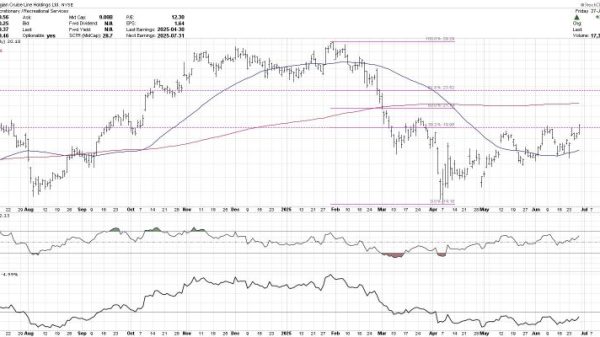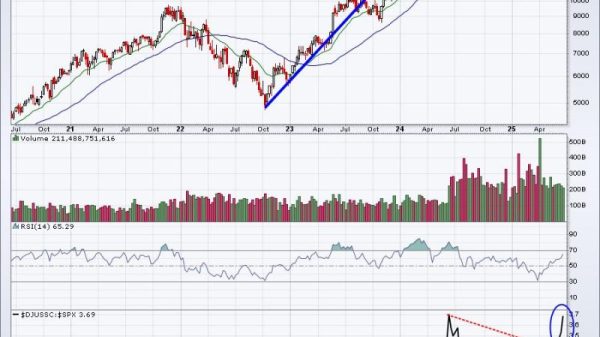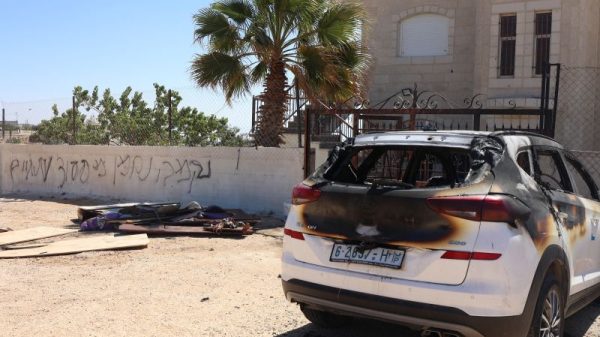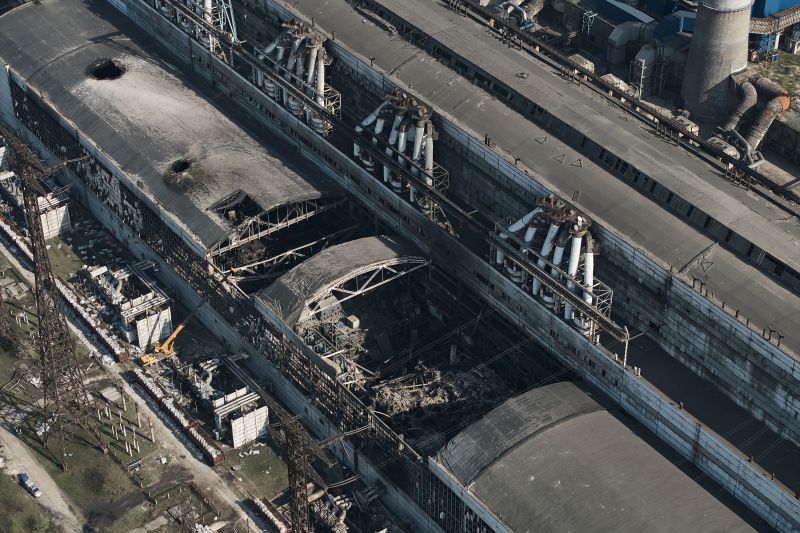For the past two winters, Ukraine has withstood a barrage of Russian airstrikes seeking to disable its energy infrastructure, plunge its citizens into darkness and use the freezing temperatures as a weapon of war.
Ukraine survived the assault thanks to Western air defense systems and energy-saving measures taken by its citizens, as families cooked on camping stoves and doctors performed surgery by flashlight.
While Ukraine weathered this winter’s storm, Russia has renewed its onslaught in recent weeks, striking Ukraine’s power grid with an intensity and in a manner not seen during more than two years of war.
In the first two years of war, Russian attacks were more scattered, firing salvos of missiles to target large swathes of Ukraine’s energy system. Now, the strikes are becoming more precise and concentrated, with dozens of missiles and drones raining down on a single target.
“In such a short period of time – in a few weeks of these massive Russian attacks – almost all of our year-long efforts to rebuild and repair were destroyed in a few days, in a few attacks,” Grynchuk said.
“On March 22, Russia began to implement its new strategy of attacks,” Kharchenko said. “The new strategy consists of massive missile attacks on specific targets, when a large number of missiles and drones simultaneously focus on a very limited number of targets.”
Russia has since pummeled Ukrainian power stations across the country, and on Thursday completely destroyed the Trypilska Thermal Power Plant – the largest plant in the Kyiv region. DTEK, Ukraine’s biggest private power company, also said Thursday that Russia had caused “serious damage” to two of its plants, and that approximately 80% of the power-generating facilities it runs had been destroyed by Russian strikes.
Given Ukraine keeps energy in storage, the strikes on thermal power plants have not caused immediate, prolonged blackouts. Thermal plants are mostly used to balance overall need – particularly during intense heating periods in winter when consumption spikes.
As well as the intensity and concentration of the attacks, their timing has also changed. Previously, the bulk of Russia’s strikes came in the buildup to winter. Now, they have come in an unusually warm spring.
There are two reasons why Russia may have waited until spring to launch its new strategy.
First, Russia needed time to build up the weapons and intelligence needed to conduct the strikes, Kharchenko said. “This strategy was clearly a long time in the making, they spent a lot of time developing it, they clearly gathered intelligence and prepared very carefully for these attacks,” Kharchenko said.
Second, Russia may have waited until Ukraine’s power plants were less protected by air defenses, an increasingly scarce resource after two years of war, and with aid from the United States stalled for months by Congress.
But, having emerged from winter, Pavlenko said, some of the air defenses may have been relocated – for instance, to Ukraine’s front lines. “It’s not a mistake, it’s just prioritization. We thought that if the winter ends, probably we can use the air defense system in other places,” she said.
Ukraine’s northeastern Kharkiv region has been the worst hit, Energy Minister Herman Halushchenko said. More than 200,000 people were left without power after Russian attacks Thursday. With the city lying so close to Russia, hypersonic missiles can reach it in seconds. “Due to the proximity to the border, terrorists have the opportunity to use various types of weapons in large numbers,” Halushchenko said on Ukrainian television.
Repair or defend
Ukraine has shown a remarkable ability to repair damage to its power grid. Some of its high-voltage substations – key nodes that reduce the voltage of electricity so it can be transferred through power lines to homes and offices – have been restored more than 10 times, Kharchenko said. Dozens have been restored at least three or four times. “They are attacked and restored, and then attacked again. If they were not restored, a significant part of the regions would already be without electricity.”
But Ukraine is now confronting a wholly different task: repairing not just substations, but entire power plants. While substations can be protected with sandbags, anti-drone nets and other safeguards, large plants can only be protected by air defenses. While such restoration work is possible, it may be pointless.
“We can restore everything. We have a very good and highly motivated team,” said Andriy Gota, CEO of Centrenergo, which runs the now-destroyed Trypilska plant. “But again, without a sufficient number of missiles for air defense, it will be a useless exercise, to put it mildly.”
Instead, Ukraine, too, may be considering a change in tack. Rather than rebuilding large – and, without air defenses, vulnerable – power plants, it may shift how it produces its energy.
“Instead of 20 large power plants that concentrate high production capacity and have a significant share in the energy balance, there should be 150-200 small power plants scattered across the country that can power a city if one of them goes down,” Tsaturian said.
Kharchenko said Kharkiv needed a similar system urgently. “It is now clear that Kharkiv needs to bring gas-piston engines in large numbers, install them secretly, and protect them… There is no alternative to this. Any larger facility will simply be destroyed by attacks.”
While the next winter is months away, Ukraine’s energy grid may come under strain during the summer months, when air conditioning use causes consumption to spike.
To offset that, Grynchuk said Ukraine has “an additional mechanism to balance the system and maintain stable operation – imports.” She said Ukraine is petitioning its European allies to increase the 1.7 gigawatt import limit.
But the priority, she said, is receiving air defenses. “Without air protection, we see the tragic consequences and destruction that Russian attacks can cause. That is why we really need air defense.”







































